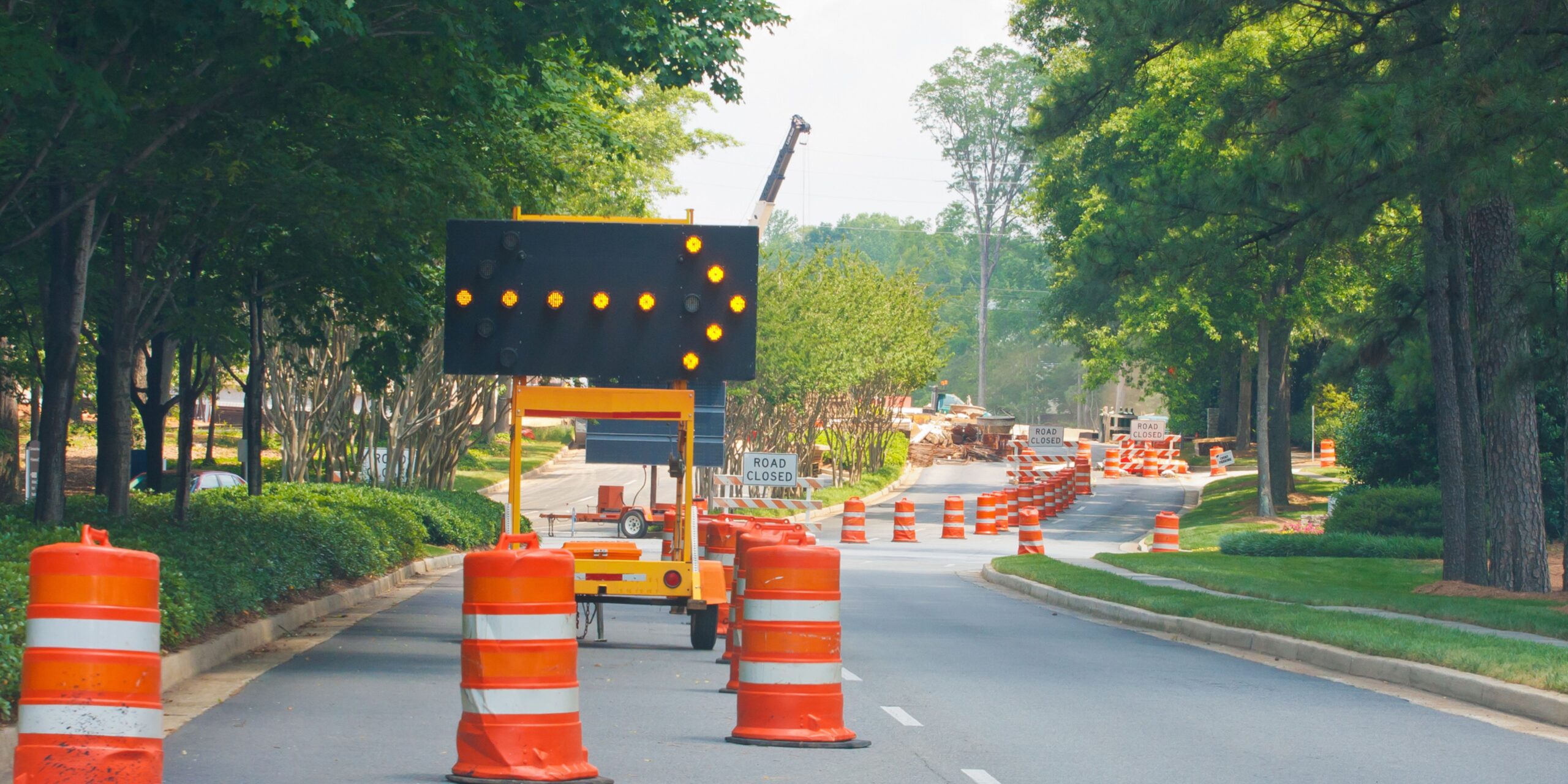The building of roads has been an important part of the country’s infrastructure for hundreds of years. The development of sturdy and dependable modes of transportation has always been a top concern, from the time that prehistoric cultures laid stone pavement to the construction of today’s interstate highways. However, because of the rising need for improved and secure roadways, the road building sector is always developing new methods and materials to satisfy these demands.
The development of new technologies has been a significant factor in this change. Recent developments in materials science, automated construction, and digital planning have led to a sea change in the road-building industry. These developments have resulted in numerous advantages, such as higher productivity, greater security, and less damage to the natural world.

Automation is another cutting-edge technology that is quickly altering the road building sector. Automation, including self-driving construction trucks and robotic paving machines, is revolutionizing the road building industry. For instance, robotic paving machines can spread asphalt with uniform accuracy and consistency, reducing the need for human labor while simultaneously raising the standard of the end result.
Additionally, the development of digital planning tools is crucial to the improvement of road building. Design flaws in roads and other infrastructure projects can be found and fixed more easily with the help of 3D computer models created with computer-aided design (CAD) and building information modeling (BIM) tools. With the help of this technology, designers, engineers, and laborers can work together more effectively, which in turn boosts productivity and precision.
There has been a notable uptick in security as a result of these technical developments. By increasing the road’s skid resistance and longevity with new materials like RAP and WMA, we can lessen the likelihood of accidents. Reducing the amount of manual labor in high-risk areas is another way in which automation can boost safety, and digital design tools can be used to spot possible dangers in advance of building.
Improvements in this area also have a lesser effect on the climate. The carbon footprint of new roads can be minimized through the use of RAP due to its high percentage of recycled materials and through the use of WMA due to its reduced energy requirements. Construction waste can be reduced through the use of automation, and digital design tools can help optimize building processes to lessen their environmental effect.

Needing highly trained employees is another obstacle. Workers with expertise in robotics and digital design are in high demand as technology spreads across the economy. But there is a lack of workers with these skills, which may slow the industry’s ability to completely embrace these innovations.
Despite these difficulties, the road building business is well positioned for future expansion and development. It’s safe to assume that road construction and upkeep will undergo even more radical shifts in the future as a result of technological development. With cutting-edge innovations in materials, automation, digital design tools, and more, the road construction business is changing the way we view transportation infrastructure.

